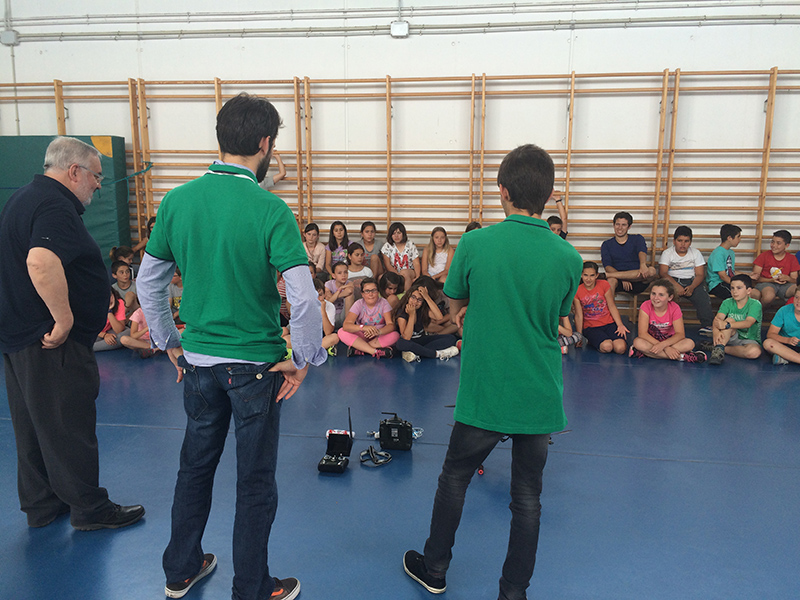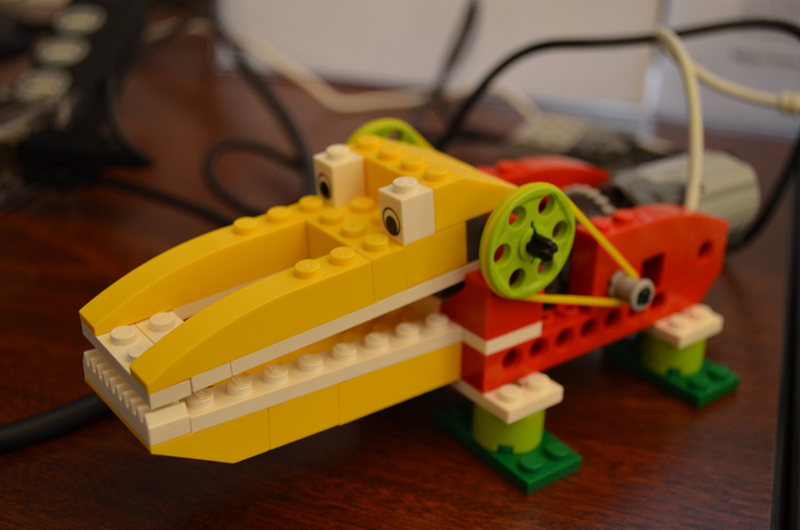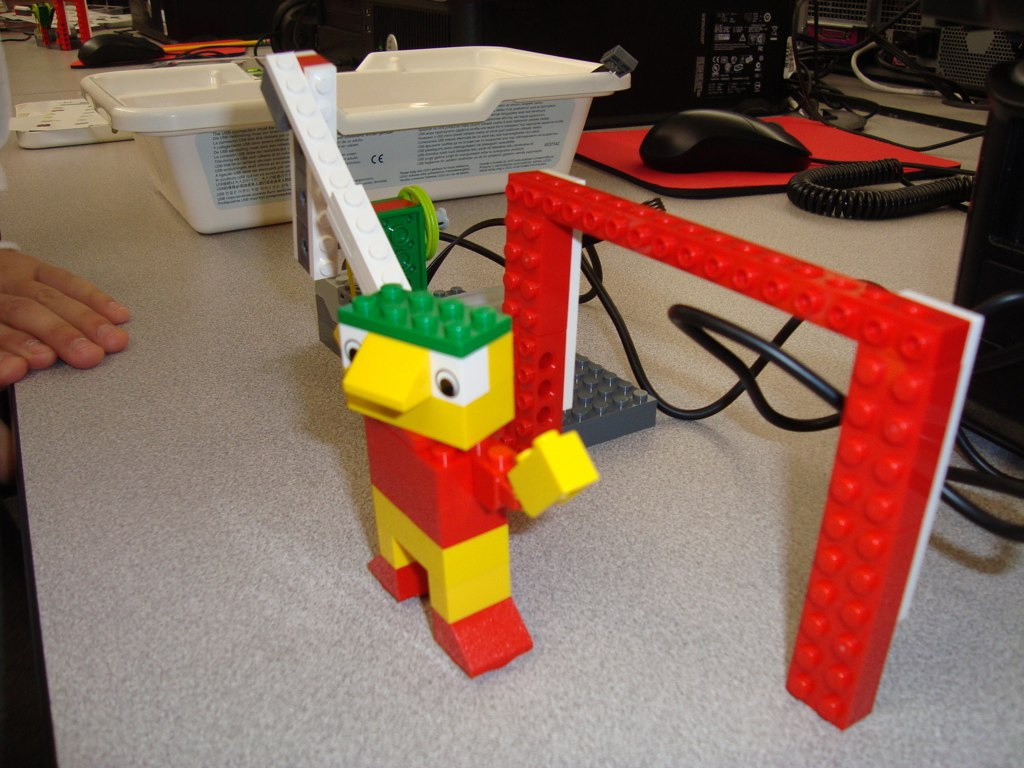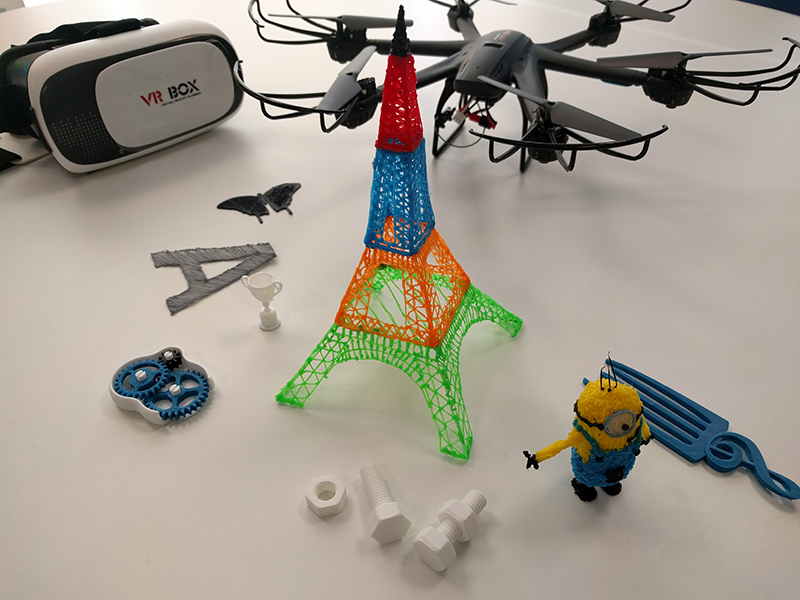Project Description
Why work with robotics and programming?
In today’s world, robotics and technology are strongly present and this is a trend that will grow exponentially in the coming years. Every day it is more common to automate everyday tasks, rely on intelligent systems or interact with robots.
In this way, digital skills such as programming or basic robot management will become one more aspect to be included in the student training process of the coming years. These new competences allow students a new way of expressing their ideas and communicating.
The purpose of these skills and abilities is not to turn students into experts in robotics or engineering, but to ensure that nobody is a victim of the digital divide.
Objectives
In this robotics and programming course, we propose the realization of different practices with Lego WeDo educational robots together with practical demonstrations of its operation, that is: programming, logic, fundamentals of mechanics, design, engineering and mathematics. In this way, Lego robots are the motivating element for the construction of different models, but also understanding how they work and why. In this way, learning is sought in the competences of projects (objectives, planning, resources) and collaborative. Videogame programming is included since it facilitates acquisition of logic, design, and algorithmic competences that will later be used for the Lego WeDo.
Who is it for?
For children between 7 to 10 years old, groups of 10 – 12 students.
How will we learn?
Lego WeDo robots present different models to build (crocodile, monkey, crane, ferris wheel), but they can be reconfigured to create new models using different motors and sensors.
For courses of 30 sessions (2 hours each), the following planning is proposed:
- Introduction to basic logic and programming concepts, Scratch visual language, use of predesigned examples and proof.
- Acquired learning: algorithmic, problem solving and design.
- Realization of a small video game project according to the interests of each child, which will be done individually and with group activities.
- Acquired learning: logical and structured thinking, critical thinking, translation of ideas into the real world.
- Introduction of the Lego WeDo components (sensors: those who perceive the world, and actuators: those who execute the actions), guided assembly according to existing models and, finally, explanation of physical and design concepts (gears, levers, weight distributions …) . The Lego WeDo programming will be done using Scratch.
- Acquired learning: basic concepts of mechanics and robot functioning. Design. Programming applied to the real world (sensors and actuators)
- In a second block, it is the children themselves who have to propose new models.
The purpose is for the child to have fun and enjoy, in groups of 3-4 students building their own robots and programming them, understanding how and why it works while planning a design with the intention of achieving a certain goal, being able to solve group challenges.




